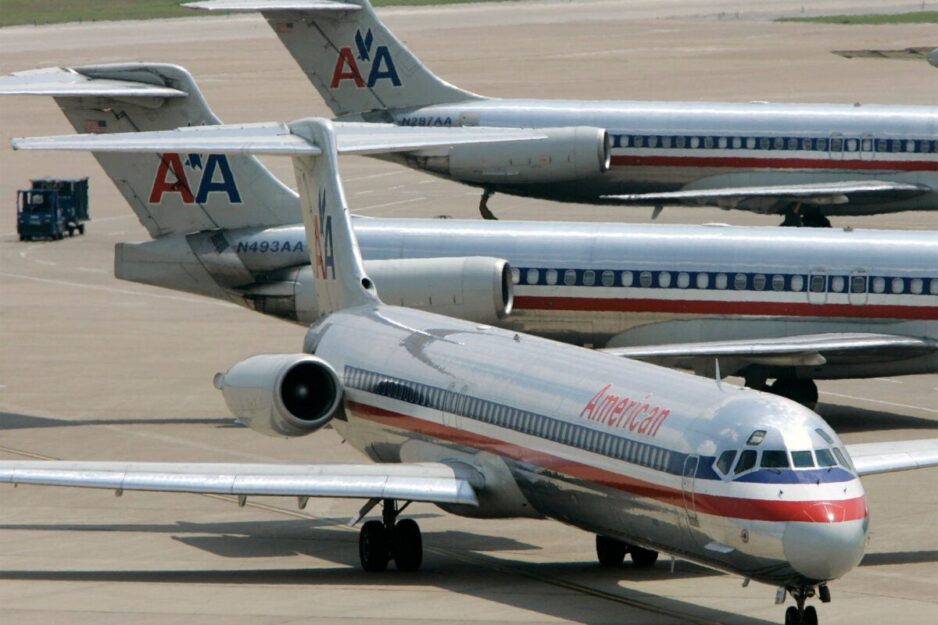Following the introduction of new uniforms in 2016, American Airlines flight attendants began experiencing rashes, headaches, and breathing problems.
One American Airlines flight attendant, Tracey Silver-Charan, told The Washington Post: “My eyes looked like I was in a boxing match. My eyes were swollen. I would get bronchitis and laryngitis, and I recorded it and sent it to the president and CEO of the company saying: ‘Please help us and do something.’”
A jury in California recently awarded more than $1 million in a verdict against Twin Hill, the maker of the airline attendants’ uniforms, due to health impacts associated with the clothing. Research from the Harvard Flight Attendant Health Study played a pivotal role in the legal victory.
“Expert witnesses testified about the Harvard uniform study at the trial, which was helpful to demonstrate that similar uniforms made by the same manufacturer caused similar problems in a prior group of flight attendants,” said the flight attendants’ lead attorney, Daniel Balaban. “This study served as a linchpin in our epidemiological evidence. It lent our case a level of credibility, and the jury, in turn, recognized the study’s importance.”
The lawsuit, brought by more than 400 employees, included testimony that the workers experienced severe respiratory distress, headaches, hives, faintness, bronchitis, laryngitis, swelling of the eyes, fatigue, and the development of chemical sensitivities, allegedly caused by a common industrial practice of adding formaldehyde to prevent wrinkles and increase longevity of fabrics.
Four of the plaintiffs were awarded more than $1 million in an Oct. 25 verdict. The cases of the other plaintiffs are yet to be decided.
This is not the first time that flight attendants have experienced ill health associated with uniforms. Alaska Airlines attendants filed a lawsuit in 2013 against the same manufacturer, Twin Hill, and Delta Air Lines employees sued Lands’ End in 2020 for allegedly toxic uniforms. Both lawsuits were unsuccessful.
This time the flight attendants’ lawyers called witnesses whose testimony included citing the 2018 Harvard study “Symptoms related to new flight attendant uniforms,” which followed 684 Alaska Airlines employees before and after the introduction of the Twin Hill uniforms in 2011.
The study showed a jump in reports of dermatologic, respiratory, and allergic symptoms, most significantly itchy skin and rash, itchy eyes and blurred vision, and sinus congestion.
That research was conducted as part of the Harvard Flight Attendant Health Study, led by principal investigator Eileen McNeely, who launched the study in 2007 at the Harvard T.H. Chan School of Public Health.
McNeely began the research, the longest-running longitudinal study of attendants working in the airplane cabin environment, because these workers face many unique physical exposures and psychosocial stressors, and the effects are understudied.
Read the full Harvard Gazette article.

